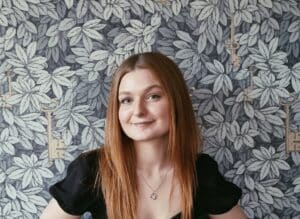Graduation marks a pivotal moment for many students as they face the exciting reality of entering the interior design industry, they’ve dedicated years to mastering. But how do you stand out from other graduates to secure your first professional role? This question can often be daunting. For anyone who has navigated this transition, it’s safe to say that no two journeys are the same, but it is absolutely possible to thrive and find your dream position in this rewarding field.
To help you take your next steps after graduation, we interviewed three industry professionals who shared their advice and tips on how to stand out as a recent graduate and what qualities they seek when hiring graduate talent.
Let’s meet our 3 industry experts…

Rukmini Patel
Business owner of Rukmini Patel Interior Design
Hertfordshire, UK. Residential Designs
Specialism – Residential renovation projects

Tom Maylott
Creative Director of Polyworks Studio (previously Green Rooms Retail Design)
West Midlands, UK. Retail Design
Specialism – Internationally recognised brands

Barbara Seidelmann (previous NDA student).
Owner of 5 Star Plus Retail Design
Beijing
Specialism – Internationally recognised brands.
Q1: What inspired you to pursue a career in Interior Design?
Rukmini – I had always wanted to own a business, and I knew I had an eye for interior design when I bought my first flat and decorated it myself. Friends and family frequently asked if my flat was the show home! I was also very drawn to colour and pattern and wanted a job where I could work with both.
Tom – From a very early age, I used to sketch form and space rather than characters. Designing the worlds that people exist within really intrigued me. Even in The Sims, I much preferred building the houses to playing the game properly. Once I discovered that people could make careers from designing spaces, I was hooked.
Barbara – Originally from Vienna, Austria, I come from a creative family—my father is a composer, and my grandparents were artists—so I grew up surrounded by creativity. I always wanted to travel, and when a job opportunity in Beijing, China, arose, I took it. While there, another opportunity with an Austrian jewellery company came up. They wanted to build their Chinese clientele, which was perfect for me. This gave me valuable exposure to a variety of projects, including sales, retail design, franchising, construction, and business experience.
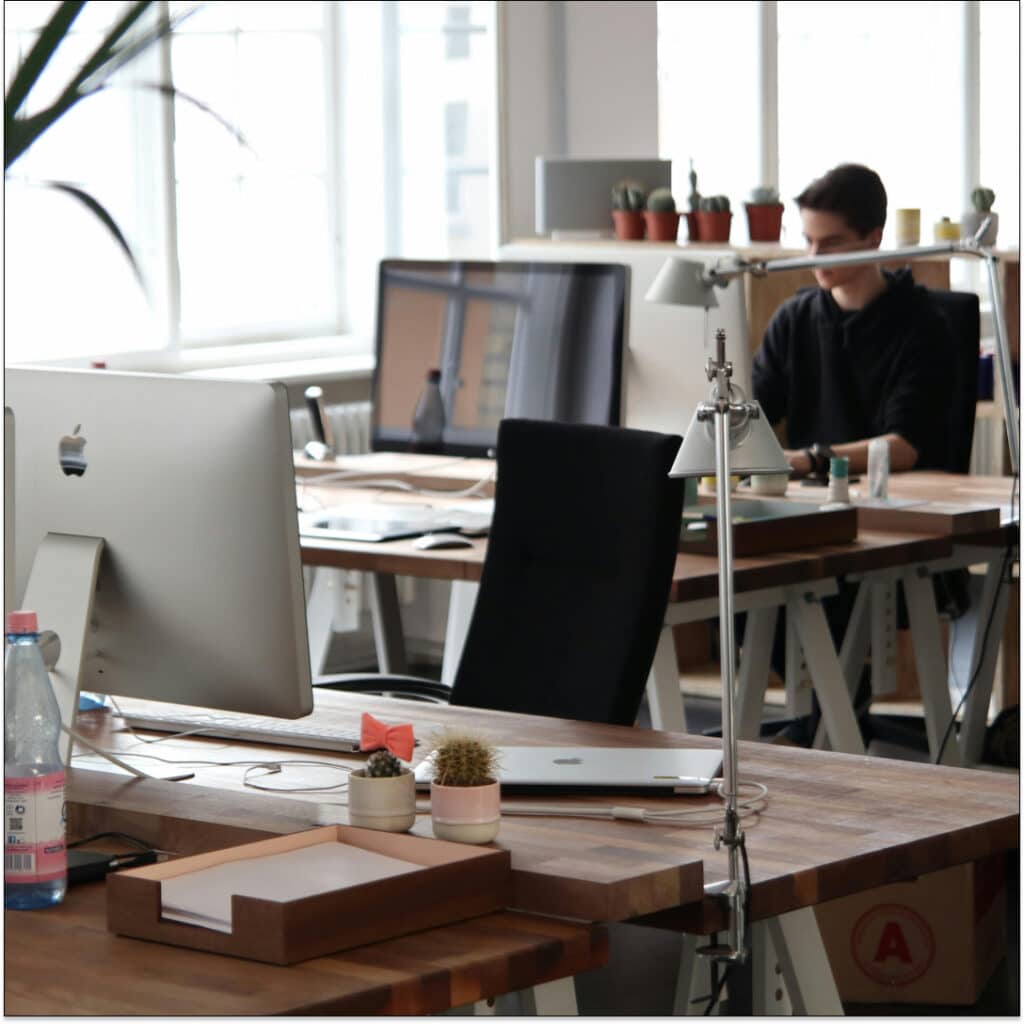
Q2: Can you describe the key three steps in your hiring process?
Rukmini – I look for a keen interest in interior design, willingness to learn new things, enthusiasm for working as a team, and someone who is proactive. This can be demonstrated by researching the hiring company or manager’s background etc. I also appreciate a candidate who asks questions, shows an interest in my business, and wants to help build it.
Tom – The hiring process differs each time as agencies grow and develop, as well as depending on the position available. For a graduate, I usually like to remain close to local universities and potentially offer internships during holidays to provide as many hands-on experiences as possible.
If a designer is applying to become part of the creative team from scratch, they would need to apply with an attached portfolio. From this, a shortlist would be created based on the relevance of their knowledge, leading to a face-to-face interview to test chemistry. This could involve more than one meeting, during which the designer would be introduced to more of the team before a decision is made.
Due to the fast pace of agency work, it’s always good to open communication as soon as possible. There might not be a position available at the time, but support might be required in the not-too-distant future. My advice would be to send your portfolio as soon as it is ready.
Barabara – The hiring process differs depending on the type of position we are looking to fill. For a senior position, there are usually three stages. Initially, we work with our HR colleagues to ensure the candidate has the right level of skill, qualifications, and experience before scheduling an interview. Next, we conduct an interview where we give the candidate a task to complete. For example, we might explain a brand’s needs and ask them to design a store, giving them a few days to a week to do so. This allows us to assess their attention to detail, approach, and attitude. We evaluate how they present the project and proposal, considering their rationale, and determining if it is both logical and creative. This would be presented at a third interview, where we would decide if they will be offered the role.
For a junior designer position, the hiring process typically involves two stages: an initial interview and a subsequent meeting. During these stages, we may ask candidates to perform a spontaneous drawing exercise to gauge their ability to respond under pressure and communicate their ideas effectively. This serves as a practical test of their technical skills and creativity. For instance, we might present a project scenario and ask them to quickly draw up a floor plan or draft a perspective sketch of a 50 sqm fashion store.
For an intern or graduate position, the typical process involves two interviews. Initially, there is usually a phone interview with their prospective supervisor present. The team then reviews the portfolio and collectively decides on the candidate’s suitability. If we need a short-term intern position lasting a few months, we don’t need to them through the same level of testing. Interns and graduates play a crucial role in helping us meet deadlines during busy periods and are invaluable for gaining industry experience.
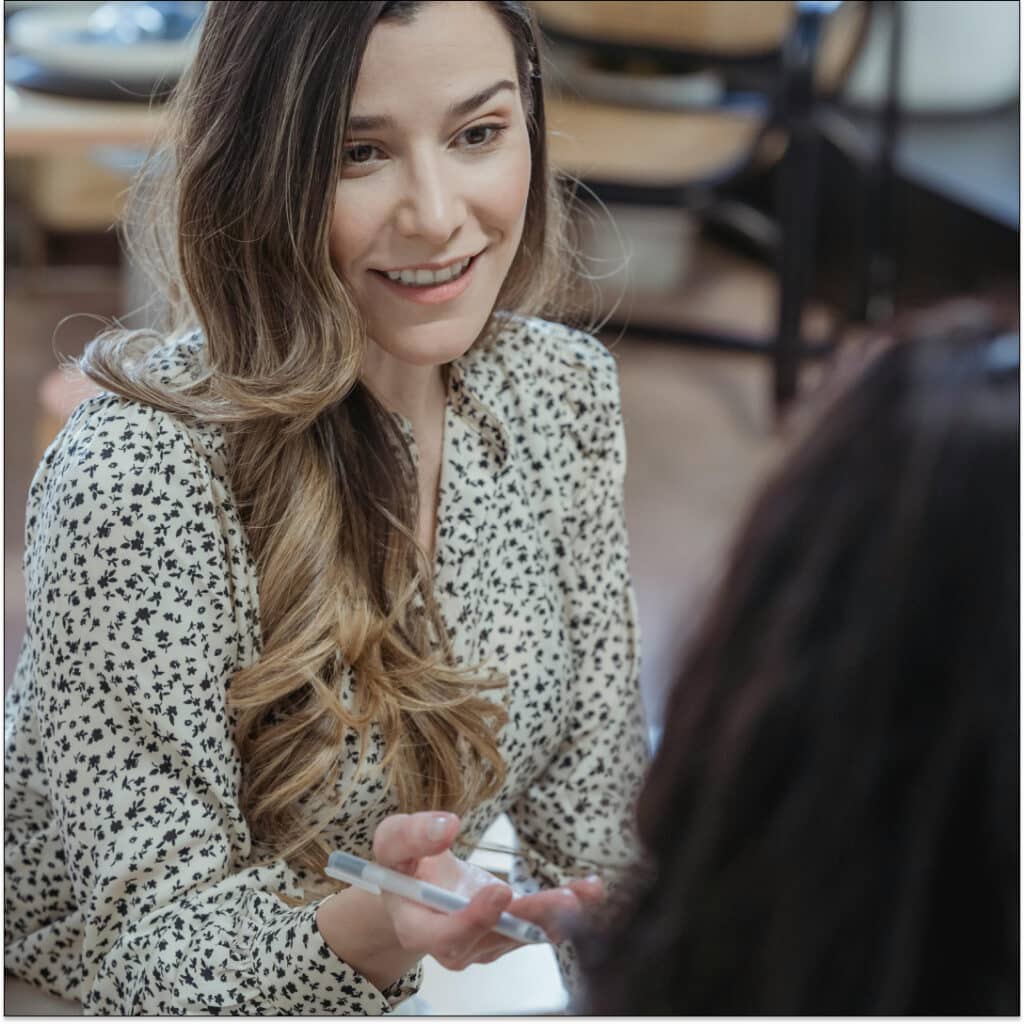
Q3: What traits or actions create a positive first impression during an interview?
Rukmini – A positive, go-getter attitude, along with a smile! Having worked in the corporate world for 15 years, I aim to create a completely opposite vibe that’s more fun and conducive to a happier working environment.
Tom – Preparation is key; when a designer knows the agency they are applying to, has reviewed past work, and conducted thorough research, it demonstrates passion and self-guided drive. An interview is as much about chemistry as it is about the portfolio. When a designer expresses passion for their work, goals, and ambitions, the interview feels more comfortable and allows for a natural flow of conversation. Always ask questions; as designers, we are constantly learning. Opening a dialogue that challenges the norm can provide a refreshing break from the monotony of the interview process.
Barbara – As the founder, there is a lot of pressure in cultivating the right type of culture, so finding the right team member is important. Practical skills such as space planning, technical drawings, brand knowledge, and a general understanding of the industry or the company you are interested in working for are essential. A willingness to become familiar with different approaches, techniques, and methods used to fulfil a variety of briefs is also crucial. It is important that the person has studied something related to interior design. We have tried hiring those who have not, but it takes more time for them to learn some of the foundational skills on the job. However, attitude is a very important factor. A positive attitude towards learning and growth is key.
Q4: Which skills or experiences do you prioritise when evaluating interior design graduates?
Rukmini – Showing the ability to problem solve and be able to take instructions. I also feel taking the initiative and coming up with a solution shows potential. Someone who has a keen interest in design and shows it is important.
Tom – The key skill for me is the designer’s mindset: the passion to discuss a design with a willingness to explore every detail and the reasoning behind it. Production skills and programs can be taught, but the internal design analysis is something that I believe comes naturally. Design confidence is also something worth celebrating; the way a designer articulates their project reflects how the design evolved. I always find it refreshing to hear how things could have been approached differently after thoughtful analysis.
Barbara – Having a pragmatic approach in the retail space is helpful; creativity can be applied to solve clients’ problems they may encounter. Additionally, organisation and self-awareness are crucial; if individuals set a timeframe for completing tasks but cannot meet it, it does not help the overall project and team morale—they need to be realistic. Being resourceful to solve challenges and project issues is also important.
Balance is key—some designers work quickly and may overlook details, while others may spend weeks pondering a challenge without resolving it. Ideally, someone who maintains a balance between attending to details and keeping momentum in a project is preferred.
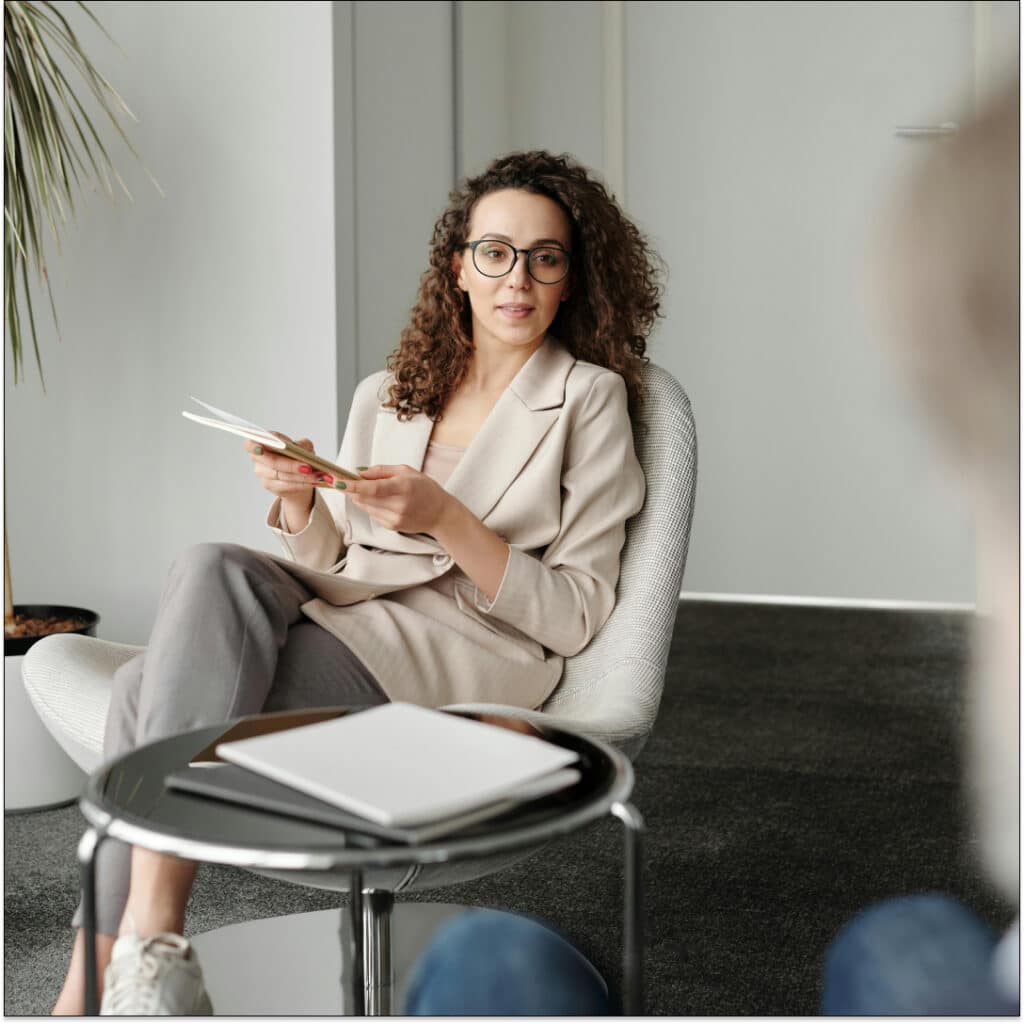
Q5: What common mistakes should graduates avoid during their job search?
Rukmini – Fearing that you’re not good enough for the job. I believe there’s a right job for everyone, and you need to keep applying until you find it. Even if you don’t have a portfolio, it’s not always necessary when working with a small business like mine.
Tom – Not doing background research is a common mistake. Every agency or company accepting applications has a specific niche, and it’s crucial to tailor your interview to demonstrate how your skillset aligns with their needs. Another misconception is viewing rejection as failure. Interview experience is valuable, and with constructive feedback, you can refine your approach and continue to grow as a designer.
Barbara – Ensure that the work in your portfolio is genuinely yours to provide the company with an authentic understanding of who you are. We have encountered instances where individuals suggested skills in their portfolio that they could not reproduce once in the role. This situation is unpleasant for all involved, so it’s essential to be honest about your skill set to find the right company and position. Also, if there is something you have a question about, ask it. Your input is valued and can often bring a different perspective to the table.
Q6: Can you share a memorable success story of a graduate you hired?
Rukmini – I hired my assistant and another designer after having an informal chat over video call. I had a really good feeling about both of them and hired them right on the spot! I felt that after reviewing their CVs and speaking to them that they were the right fit for the job.
Tom – We recently had a graduate reach out through LinkedIn seeking experience on how an agency functions, our processes, and a general overview to see if retail design was something they might consider in the future. During this time, we got to understand their passions, skill set, and how they worked. This led to them carving out a niche within the studio, which elevated our output and resulted in the realisation of a passion for retail.
Barbara – Yes, we have had a range of interns from the National Design Academy in the past. The positive thing about graduates is that you get fresh perspectives which positively affect team spirit. Often, they have very interesting ideas and a lot of motivation as they are excited to learn. I always say this is a two-way street; we always ask what they want to learn and whether they have any learning objectives, and we try to address them by giving tasks that are within this scope. On the other side, we will assign work as we also expect you to provide key results. Whenever there is a problem, we can sit and talk about it, but both of us must get something out of it. So far, it has worked quite well with a range of people, as we have longstanding staff who have become pillars of the company and returning staff too.
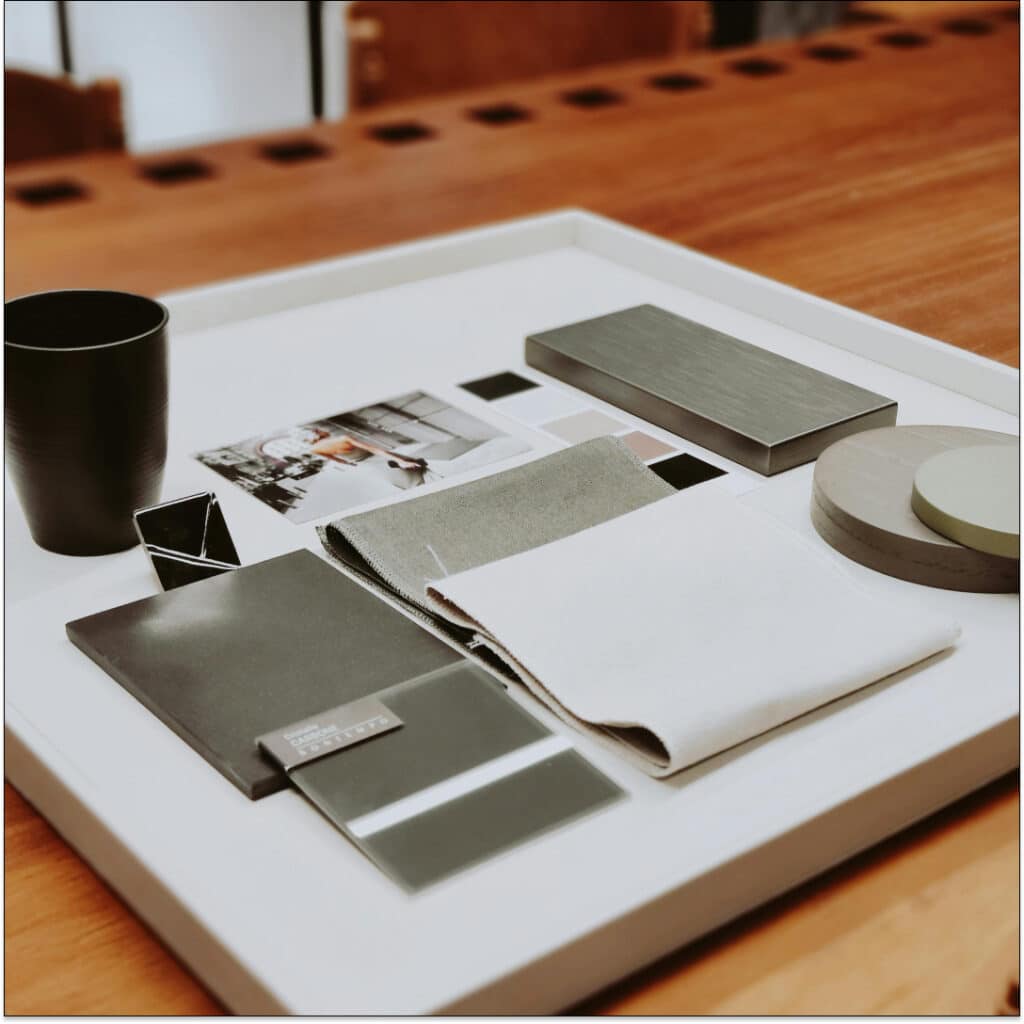
Q7: How important is a portfolio in your hiring decision?
Rukmini – Personally, I don’t really look for a portfolio when hiring a graduate. It is more important to see their approach and work ethic. If a graduate has a small portfolio (one or two rooms) or even mood boards this can help, but it isn’t the deciding factor.
Tom – The portfolio should be used as a visual tool to showcase your thinking and the development of an idea. A portfolio should tell the story of a project in a refined journey. As you talk through it, more is revealed; it shouldn’t answer all the questions because the designer can discuss those. Make sure your portfolio has an aesthetic that represents you; the layout is as important as the content.
Barbara – It helps, especially for interns and graduates, as that is the first piece of information to understand the level of skills they have and their approach towards completing projects and visually communicating their ideas. As mentioned, attitude, character, and the ability to visually communicate in a range of ways are essential.
Q8: What do you think is the biggest challenge for new graduates in the interior design industry?
Rukmini – This is a tough one! However, I think it is important to stand out from the crowd, be unique and ultimately be yourself. Being authentic goes a long way!
Tom – The interior design industry is continuously shifting, with social media depicting what was once a skilled profession as something more attainable, which means competition is fierce. Designers need to stay relevant and adapt or define what design looks like. My advice for standing out would be to find a sector of design you’re passionate about and use that to your advantage. It’s much easier to design stories, spaces, and experiences if you have a genuine interest in how they are used.
Barbara – I would advise graduates to think about what their passions are and what they want to achieve in their careers. We have had many interns in the past where the company was not quite the right fit and vice versa. Not understanding your professional goals can contribute to this. Be prepared, as some aspects of the role will be more fun and some parts less so, but it’s all part of one role. Also, only present portfolio work that is yours. We have encountered situations where individuals struggle once they are on a project because they included work that was not their own in their design portfolio. The more you prepare, the better you will perform and the more you will get out of it. As designers, we’re not artists; it’s not about self-expression in commercial design. It also needs to be the most ideal solution that is functional and aesthetically pleasing. We are ultimately service providers.
We hope you found this insight from real industry professionals useful; we certainly gained a lot from our conversation with them. There’s plenty of advice to glean from our interviews, but we believe it’s essential to apply for roles that feel like the right fit for you. Don’t be shy to let your authentic self-shine through in your portfolio, attitude, and approach to stand out from other graduates. Attend interviews prepared, confident, and ready to ask questions to clearly assert the unique qualities you can bring to a role and the wider company.
We wish you all the best if you’re currently searching for your dream role within the interior design industry; we can’t wait to see you flourish!

